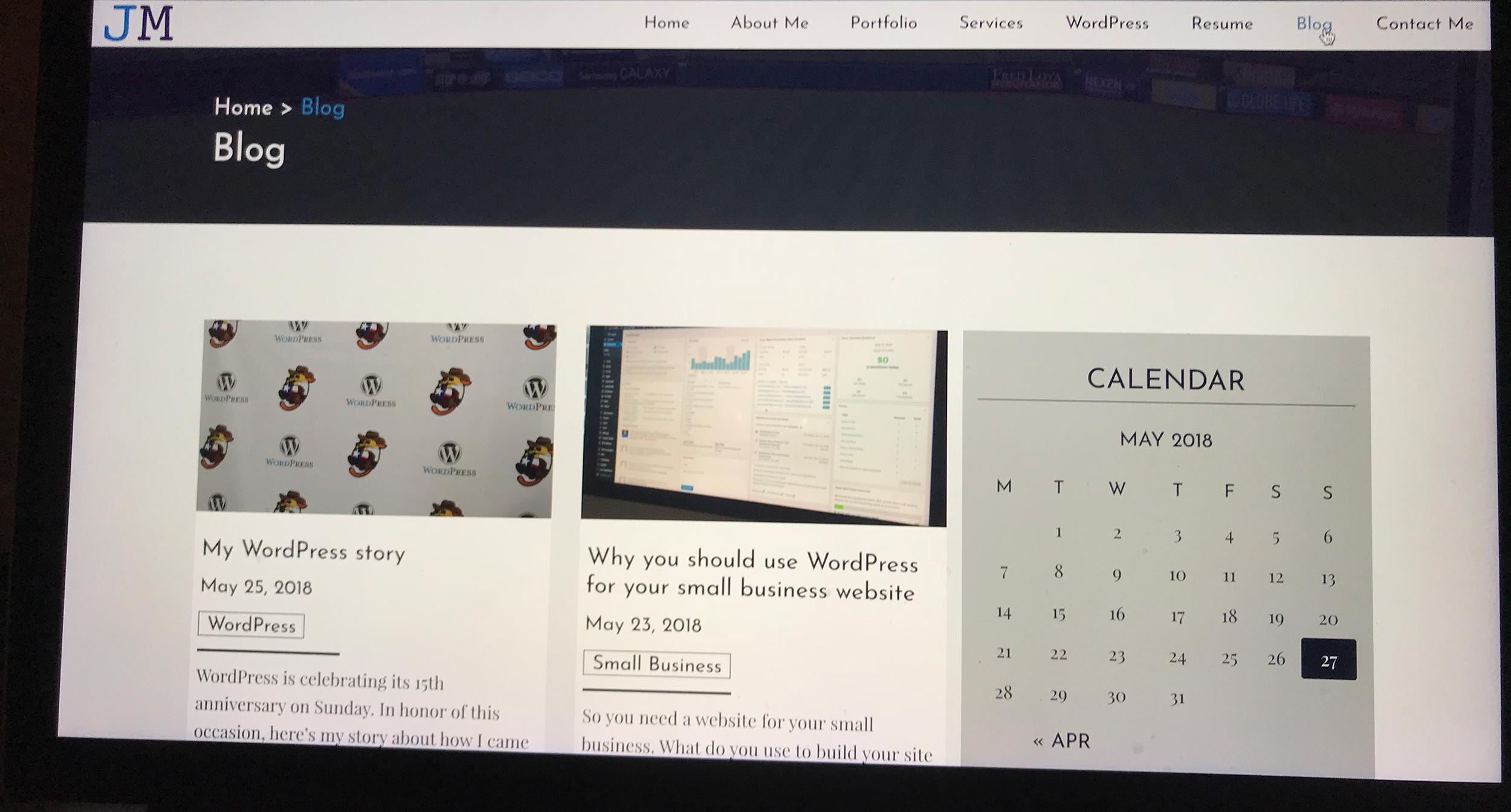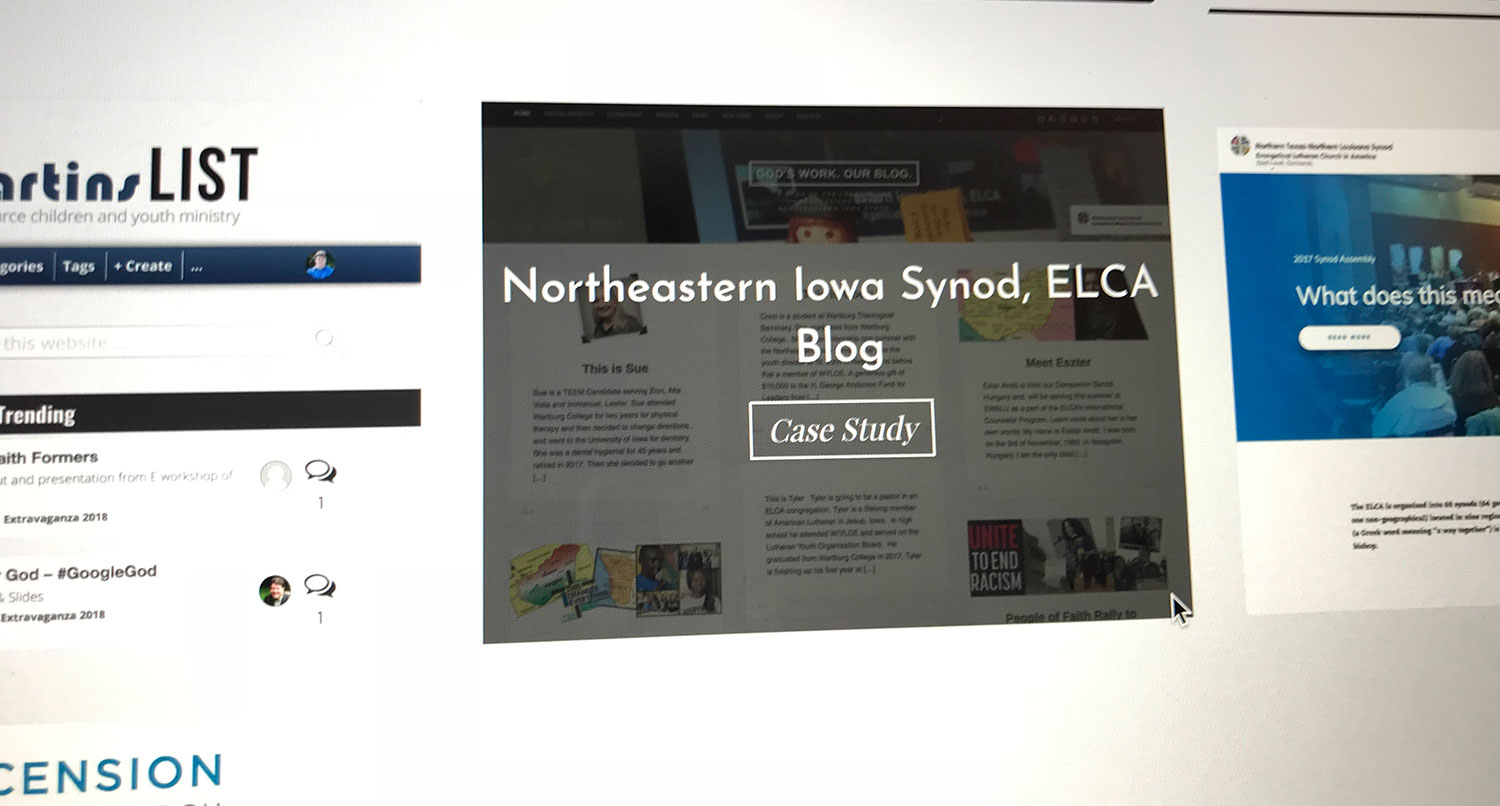Case studies can be a crucial part of your digital marketing strategy. They allow prospective customers an inside look into how you work and what others think of your business.
But if you’re not a writer, it might be a challenge to figure out just how you should write these case studies. And I understand. Storytelling can be a tricky thing to get right, especially when it comes to trying to convince people.
During my time working with Faith Growth, I wrote a number of case studies over the churches and other clients we worked with. All the while, I learned the ins and outs of writing case studies.
So, if you’re a bit stuck on how to write case studies for your own business, here are some tips to get you started.
The hero’s journey
If you’re not exactly a writer, it can be a bit of a challenge to figure out where to begin and where to go with your case studies. And that’s okay. Everyone has to start somewhere.
That’s where the hero’s journey comes into play. Even if you’ve never heard of it specifically, a number of stories, such as Star Wars, follow this arc.
Lynelle Tyler goes into more and better detail about the hero’s journey, and I highly recommend you check it out. But the gist of it is that the protagonist leaves a place to go on a journey, overcomes whatever challenge and then returns a changed person.
So in writing the hero’s journey about your customer or client, you’re telling their story about how they had a problem, sought out someone to fix it, found you and then how you helped them overcome that problem.
Obviously, this is a pretty simple concept and that’s a good thing if you’re looking for a formula to write your case studies. Plus, you can . And honestly, it’s a pretty natural writing format. I found myself just writing in the hero’s journey without even thinking about.
So when in doubt, let the hero’s journey be your guide.
Let’s Tell Your Story
Every person and business has a story. Why did you start the business? How have you helped customers succeed? What have you done in the community? You have a lot of options for how to tell the stories of your business from copywriting to other text stories to photos and videos. Let’s find the best way to create content for your website to tell your business’ story.
Let’s Create Content for Your BusinessUse quotes
Also, it’s extremely important to get and use quotes in your case studies from the people that you’ve helped. After all, people are going to want to hear from you clients and customers. And hearing those experiences directly can help sway people to buy your product or use your service.
After the project is complete, I would wait about a month or two to allow them to figure out if your solution really helped them. And if it did, go ahead and schedule an interview. It doesn’t have to be long, and depending on location and time, it can be in person, on Skype, over the phone or, in only extreme cases, through email.
And for questions, I usually had about six or seven basic questions for every interview and would add more based on the situation. I always tried to find out how they found out about us, why they chose us, what the best part was and how the new website has helped their ministry (in your case it would likely be business). I also found it a good time to ask what didn’t go so well and what could be better.
Then add those quotes into the story. A great rule of thumb I learned from journalism school is that you should use quotes for opinions and use your own words to tell the facts. That way readers get to hear what they think.
But be sure to use those quotes. Let the happy customer or client tell the story. It’ll be a lot more convincing than you could do.
Use action
Finally, make sure to use action when you’re talking about how you help the customer. A while ago, I wrote about how you should be writing with more action words than passive, and this is the perfect time to put that into action.
Show what you did. Be descriptive about the process. Go into detail about how you talked through the problem and came up with the solution. And then show how your product or solution has helped the client/customer. Make sure the reader knows how you can help them in the future.
At the end of the day, make sure you’re showing and not telling. And yes, that does include the quotes we just talked about.
So if you’re able to, make sure that you’re writing case studies and use these tips to help make them interesting to read. The more people find them interesting, the more they learn and the more likely they are to purchase your product or use your service. And that makes them completely worth it.







